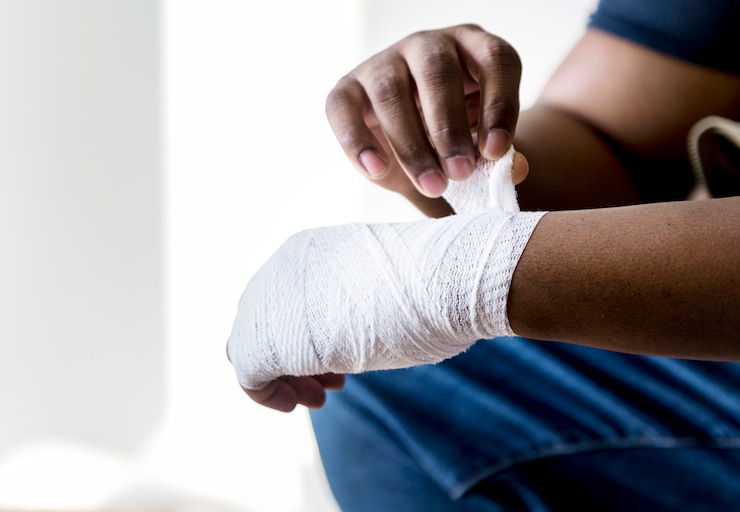Wound care
Wound infection requires surgical debridement and appropriate systemic antibiotic therapy.

Wound care involves every stage of wound management. This includes diagnosing wound type, considering factors that affect wound healing, and the proper treatments for wound management. Once the wound is diagnosed and all factors are considered, the treatment facility can determine the best treatment options.
What we Do
Roles
Process
Wound Care Nurses use several techniques to assess, treat, and care for patients with wounds. This usually includes wound debridement, cleaning, bandaging, and working with the doctor or care team to determine if other treatments are necessary
- Assess pressure injuries,
- Identify treatment options,
- Implement wound care best practices to prevent future injuries from occurring.
